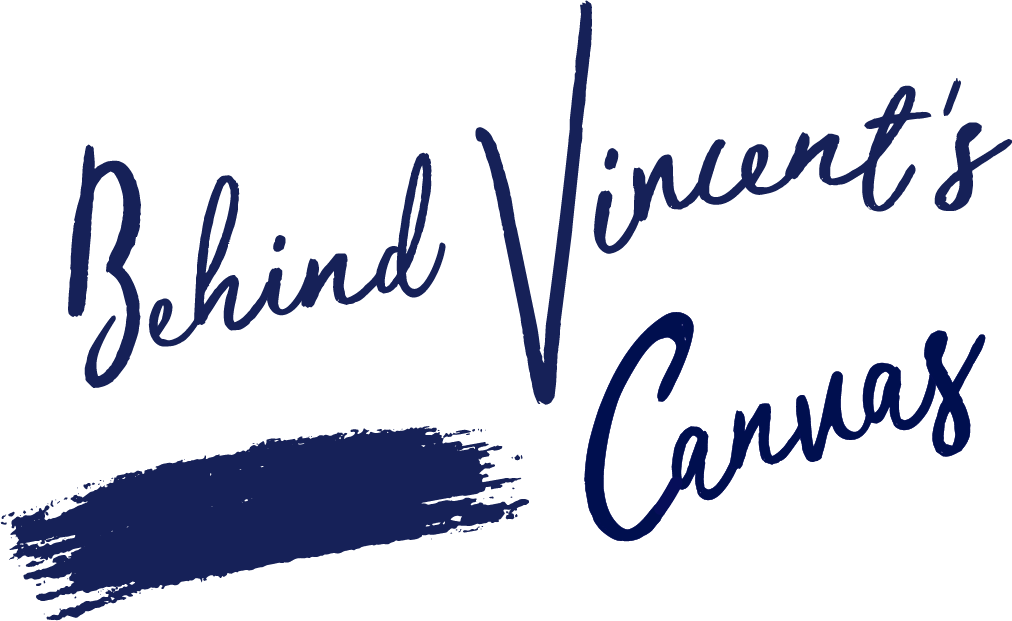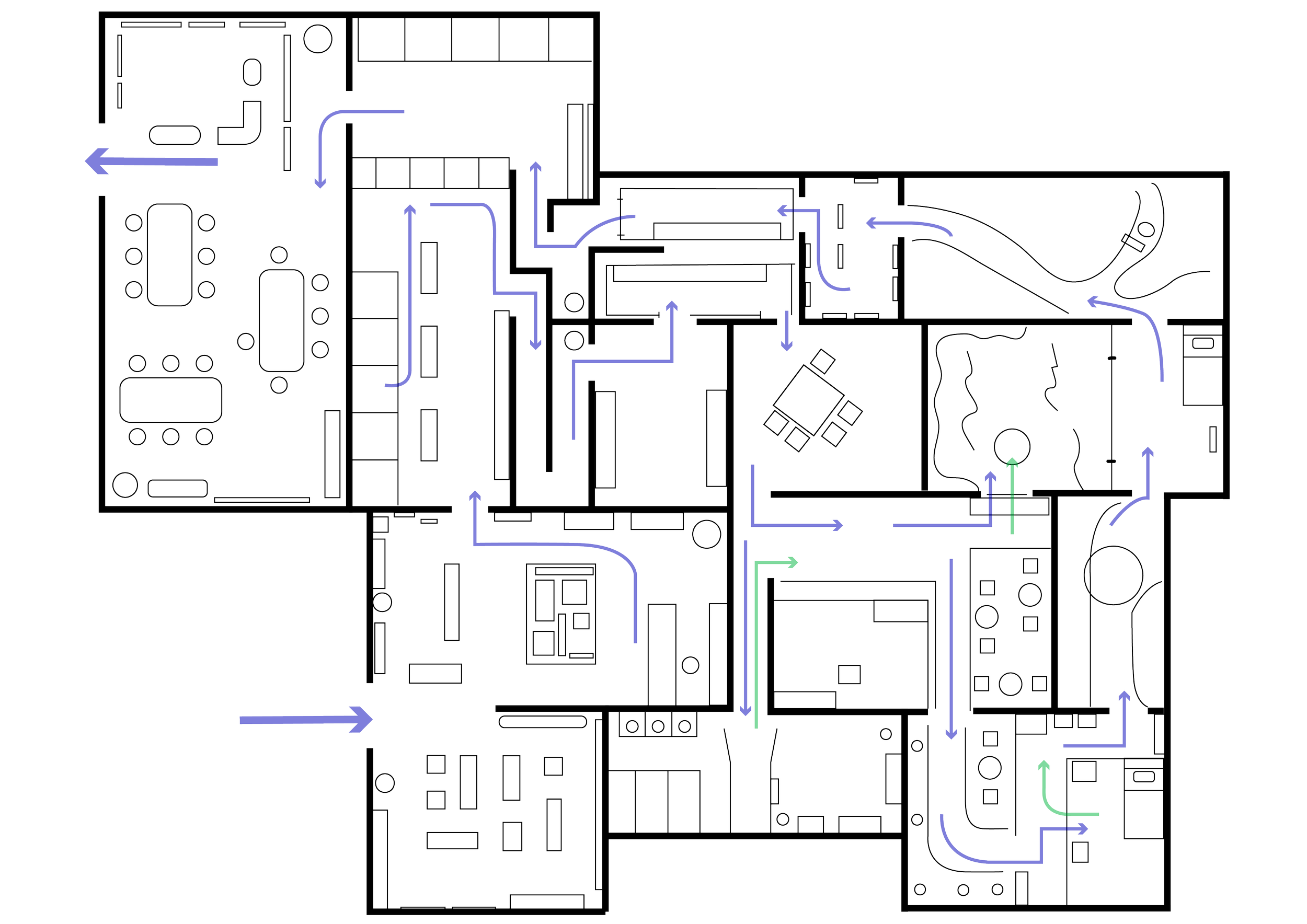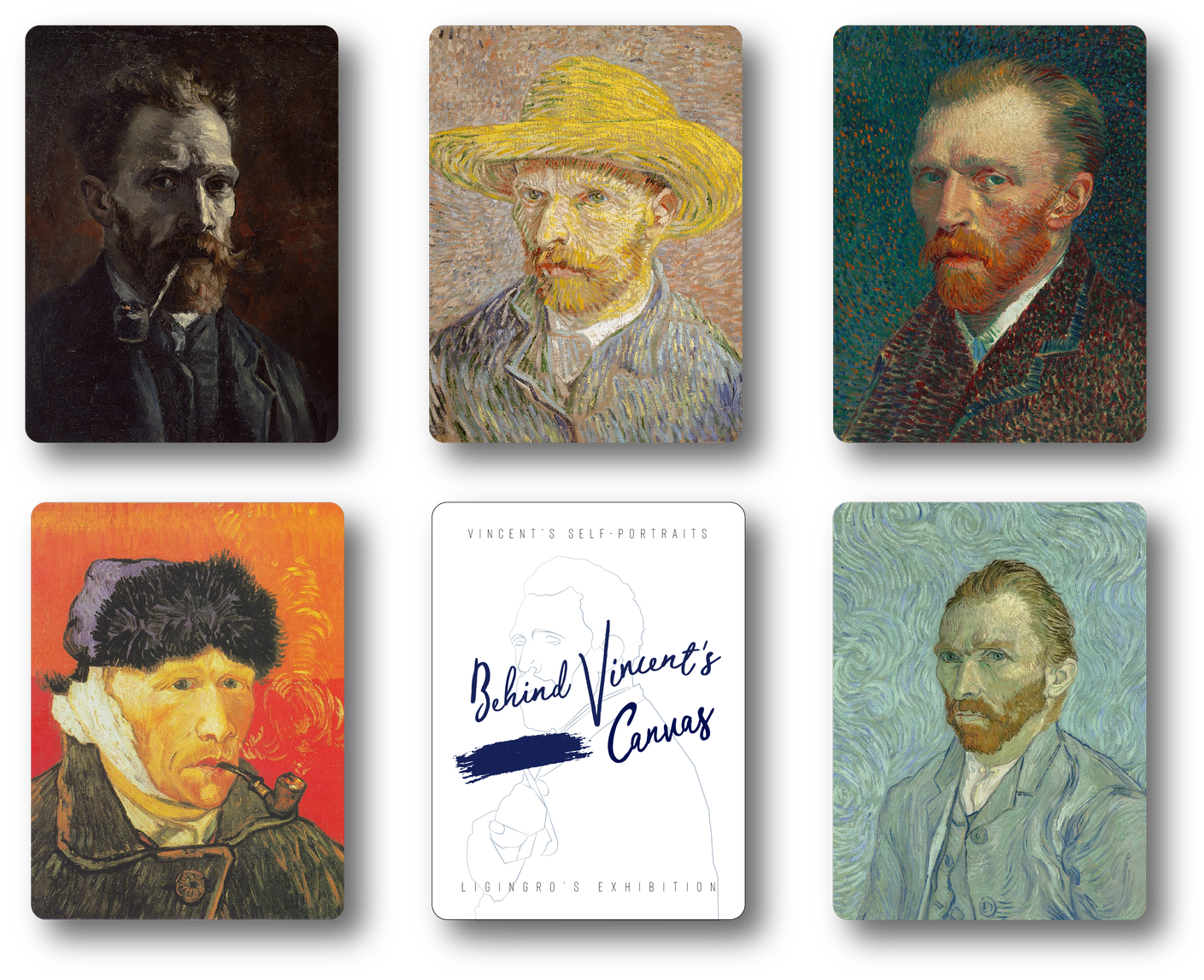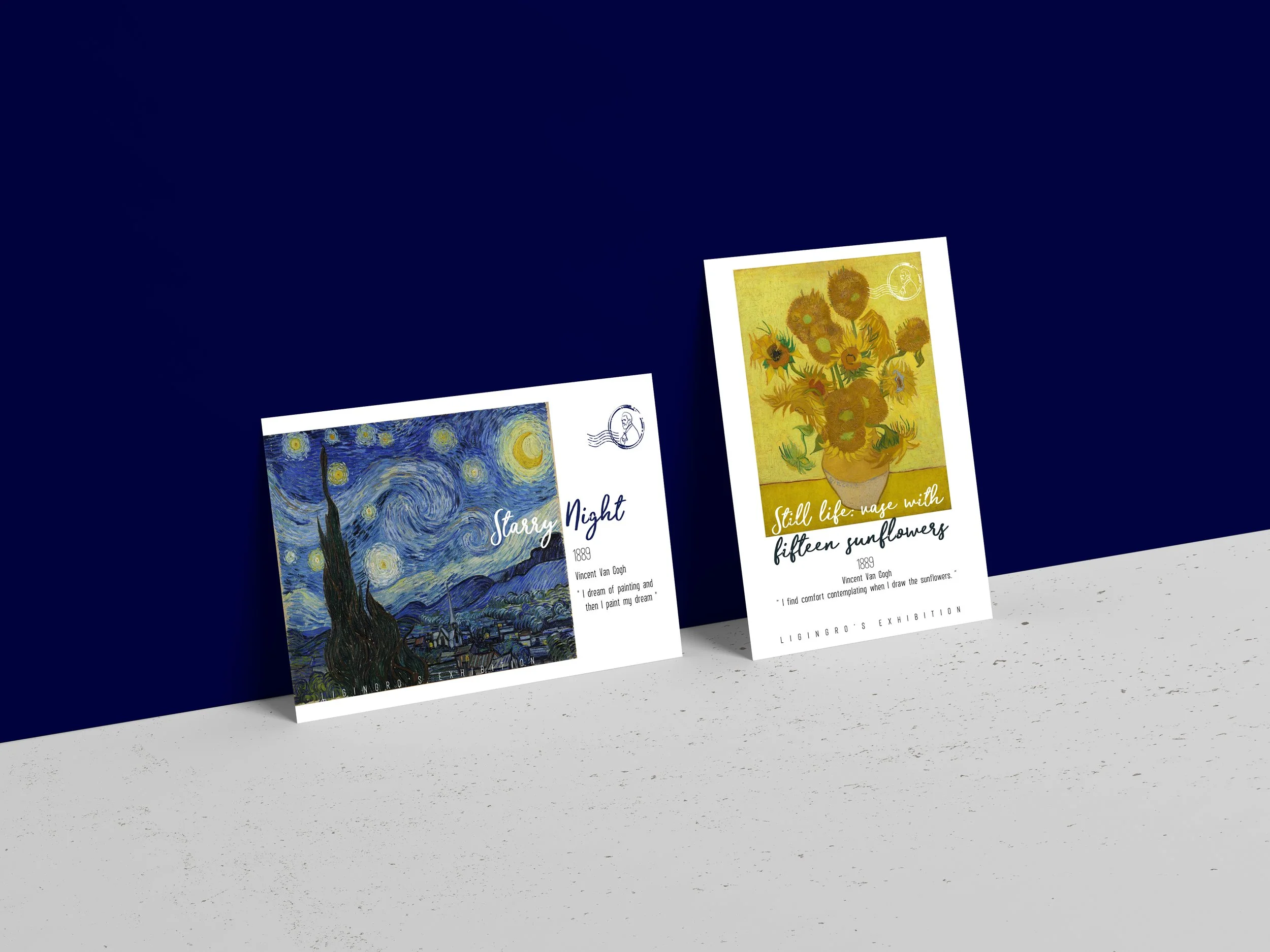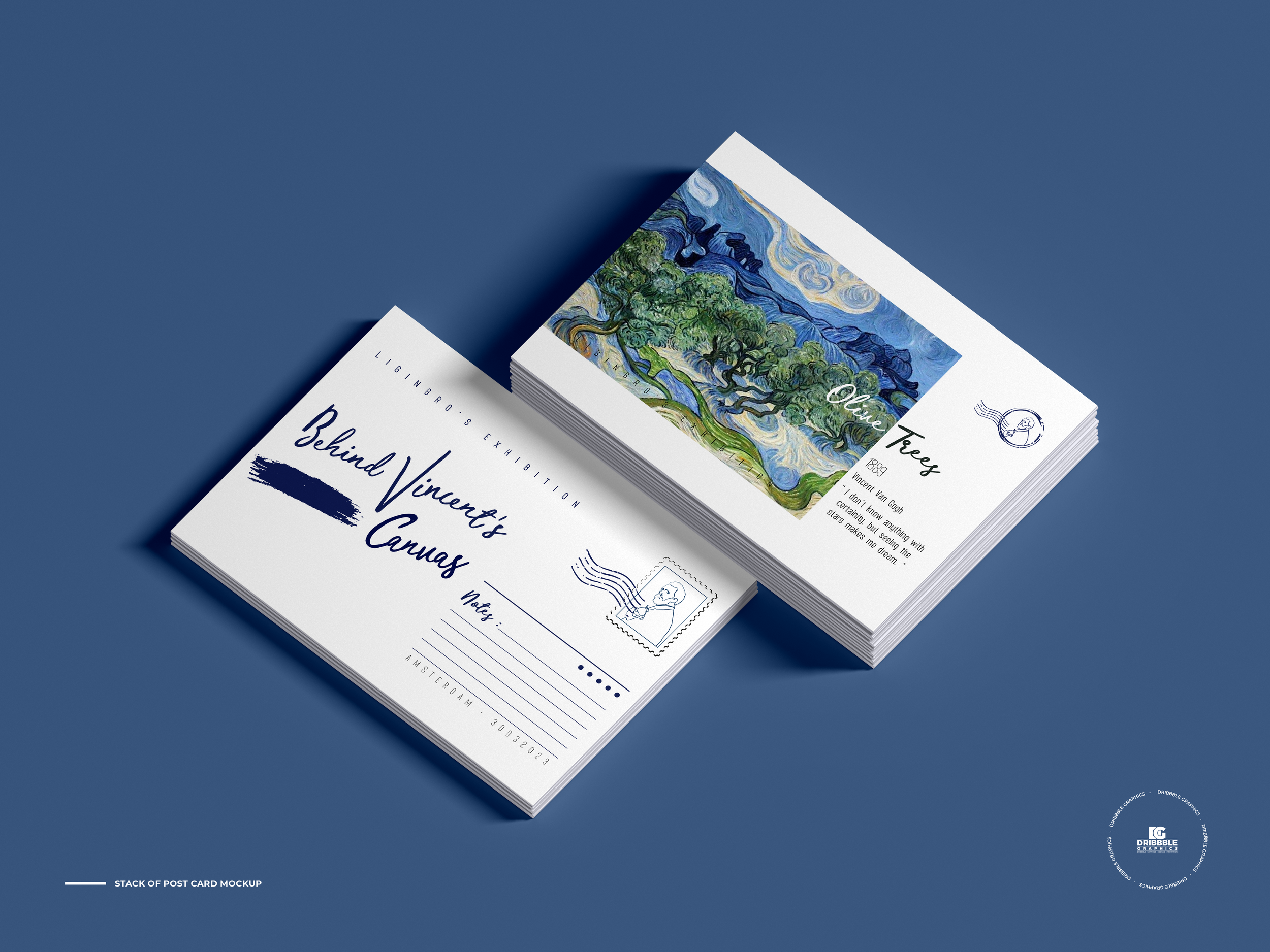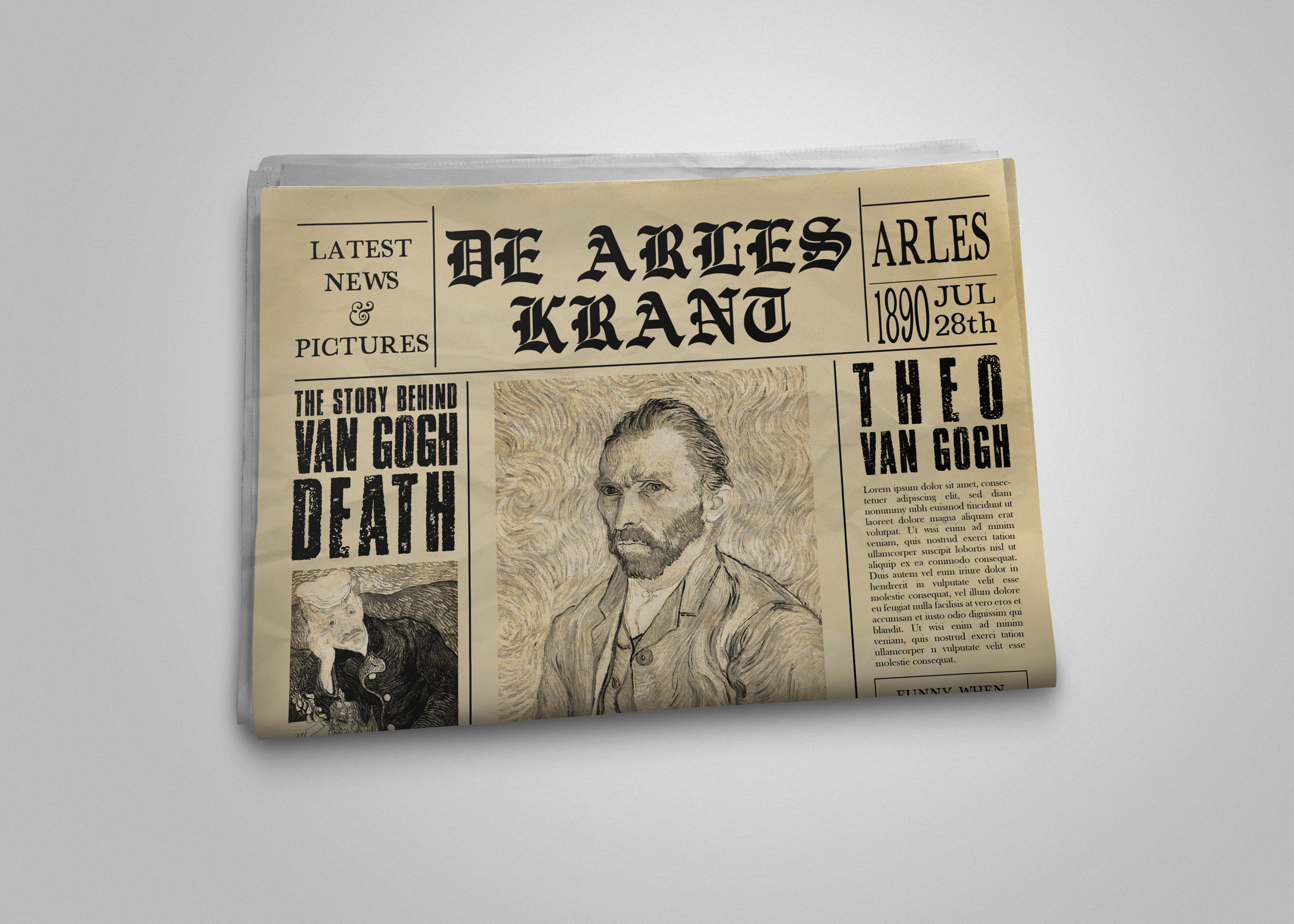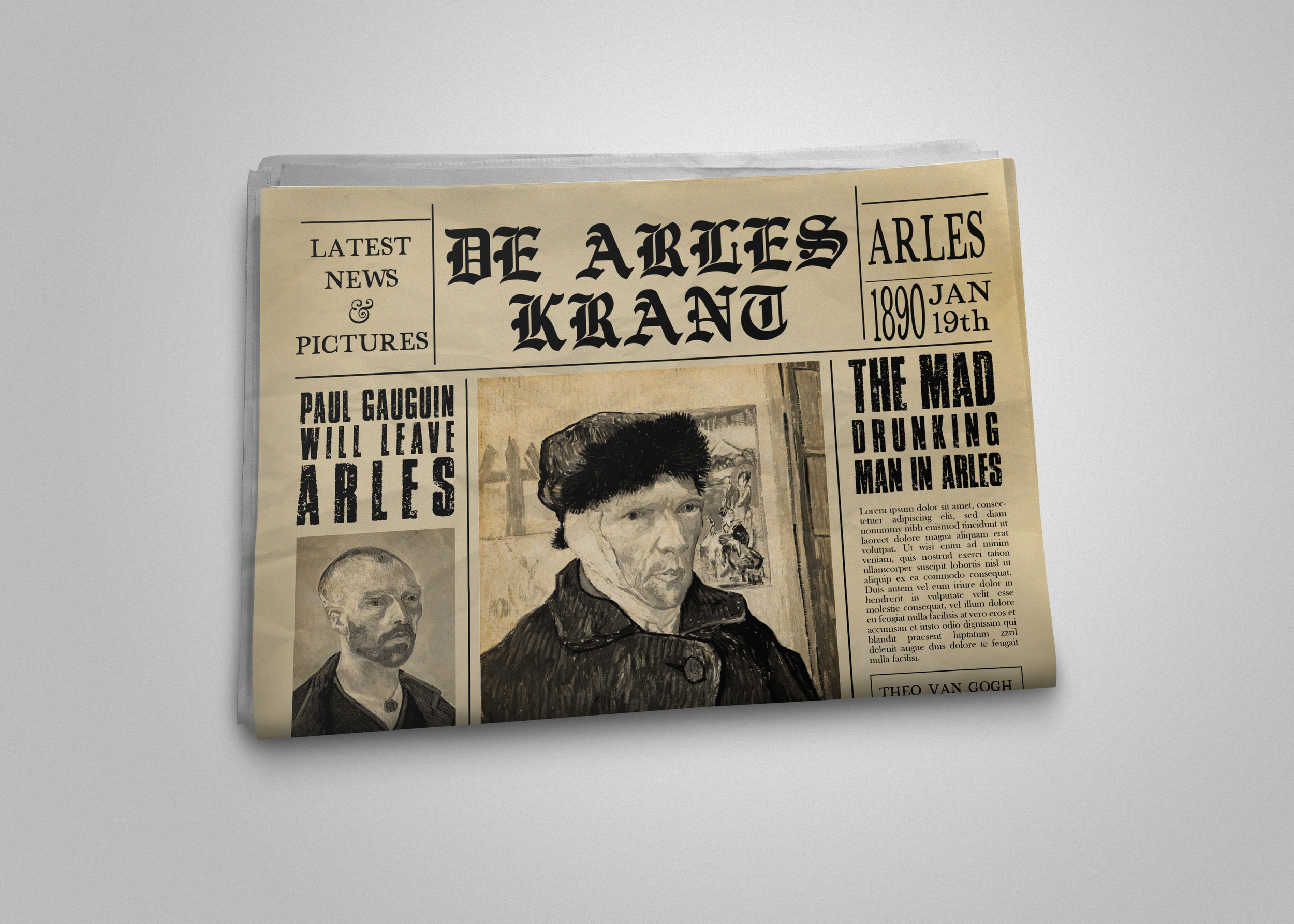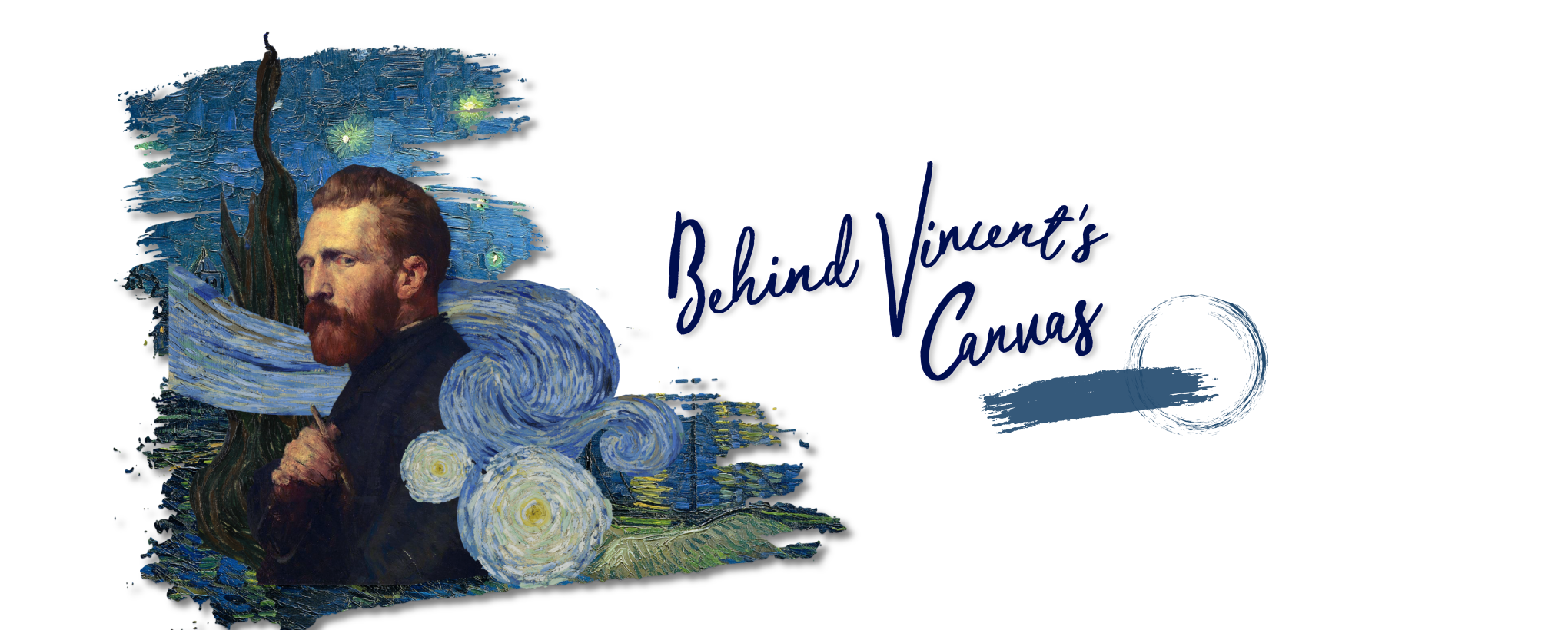
Illustrator - Photoshop - Group Project - 2023
Project Overview:
Scope
Behind Vincent’s Canvas is a fully immersive exhibition that invites visitors to step into the emotional and artistic world of Vincent van Gogh. Through role-playing, interactive storytelling, and hands-on workshops, the exhibition transforms passive viewing into active exploration, allowing each visitor to become a character journeying through Van Gogh’s life and legacy.
Understanding the Issue:
Process
Visitor Research: Conducted surveys to understand exhibition behavior and identify pain points in traditional formats.
Historical & Exhibition Analysis: Researched Van Gogh’s life and existing exhibitions to identify narrative gaps and design opportunities.
Content & Spatial Planning: Organized exhibition content into eras of Van Gogh’s life. Created a draft floor plan using paper notes for flexible arrangement.
User Journey Design: Developed a theatrical flow:
Visitors receive a train ticket and era-inspired clothing
Enter a train installation, then explore the exhibition zones
Change out of costume and enter the workshop zone before exiting
Merchandise & Workshop Creation: Designed era-specific items (letters, newspapers, brochures) and workshop materials (collage kits, postcards, light boxes).
Marketing Extensions: Produced posters, banners, and branded tickets to promote the exhibition and unify its visual identity.
Exhibition Map Floor Plan:
Exhibition Hall
Dressing Room (2.1 - 2.2)
Train Station
Peasant Painter Room
Paris Era Room
Restroom
The Yellow House Room
Iries Garden Room
Saint Remy Room
Starry Night Room
Wheatfield Room
Recap Room
Workshop & Souvenirs Room - Exit
Traditional art exhibitions often struggle to engage a broad audience.
Visitors frequently report feeling bored or disconnected due to:
Overly long and academic descriptions
Lack of prior art knowledge
Minimal imaginative or emotional stimulation
Static spatial design and decoration
According to survey data, those uninterested in exhibitions often cite the standard format as a barrier, especially when it feels exclusive or uninspired.
Defining Design Goals:
Goals
Transform Passive Viewing into Active Exploration: Create a role-playing exhibition experience where visitors become characters journeying through Van Gogh’s life, fostering deeper emotional engagement.
Make Art Accessible to All Audiences: Design for visitors of all ages and backgrounds, including those with limited art knowledge, by using clear storytelling, interactive prompts, and multisensory environments.
Balance Education with Imagination: Provide essential information, artwork analysis, historical context, and biographical insights through immersive setups that spark curiosity and creativity.
Design a Seamless Visitor Journey: Guide users through a coherent flow: ticketing, costume change, train installation, exhibition zones, workshop, and exit—ensuring clarity and comfort at every step.
Offer Multiple Levels of Interaction: Allow visitors to choose their depth of engagement, from light exploration to hands-on activities, respecting different preferences and energy levels.
Extend the Experience Beyond the Exhibition: Create era-specific merchandise, workshop materials, and marketing assets that reinforce the narrative and invite continued reflection.
User Flow for Map:
EXIT
ENTRANCE
Behind Vincent’s Canvas reimagines the exhibition format by combining role-playing, interactive storytelling, and immersive design. Visitors become characters in Van Gogh’s world, exploring his life through guided experiences, era-inspired environments, and hands-on workshops. The exhibition offers multiple levels of interaction, making it accessible and engaging for all ages and backgrounds, whether you're an art novice or a seasoned enthusiast.
Each exhibiting turn lasts for 2 hours, with 5 visitors going at a time, visiting a total of 6 rooms.
When the 20-minute timer is up, the room visitors who went in the earliest will have their lights dimmed and its music turned off, signaling any lingering visitors to move to the next room.
Information about Van Gogh's paintings and the artist's life stories will be told by demonstrators dressed as the characters.
The information is told in a way as if they are happening in the present.
Post-COVID trends show a strong preference for in-person experiences, with 95.2% of visitors choosing physical exhibitions over virtual ones.
Many still expect more than passive viewing; they want:
Clear artwork analysis
Basic, accessible information
A compelling narrative of the artist’s life

Exhibition Hall - This is the room visitors will see when they walk in the place that hold the exhibition.

Exhibition Hall - Display Platform

Peasant Painter Room - The room is arranged to be small space and limited lighting to recreate the original painting's atmostphere.
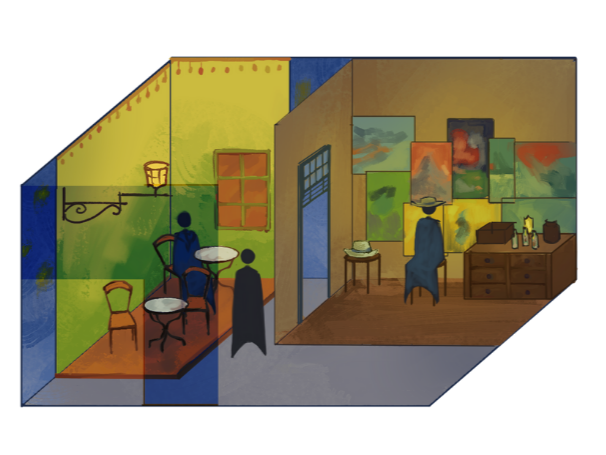
Paris Era Room - This section of the room will have many paintings of all the different art styles that Van Gogh encountered during this period.

The Yellow House Room - The room consists of three sections: the exterior of the house, the interior and Van Gogh's bedroom.
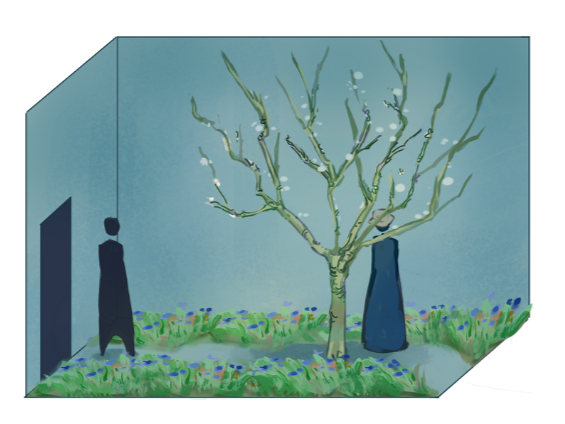
The Iries Garden Room - This room is especially lit with cold blue-ish lighting, as a fore-shadow of the next room, which is arranged to re-create Van Gogh's room in the mental hospital. - The cold lighting also indicates that this period of time was the final years pf Van Gogh's life
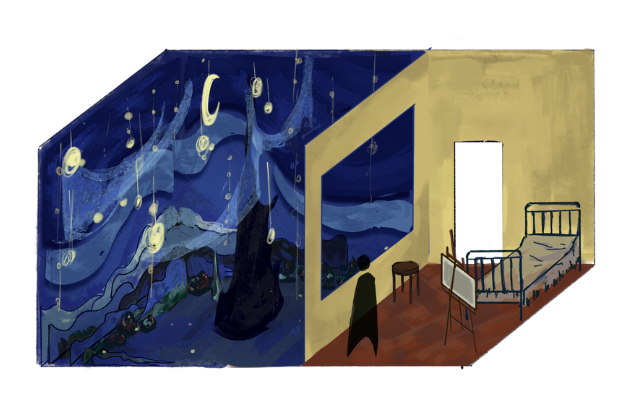
Saint Remy & Starry Night Room - This space is arranged to re-create Van Gogh's room in the asylum. The highlight of this space is a big window where that visitors can look through and enjoy the same view as Van Gogh did that night.
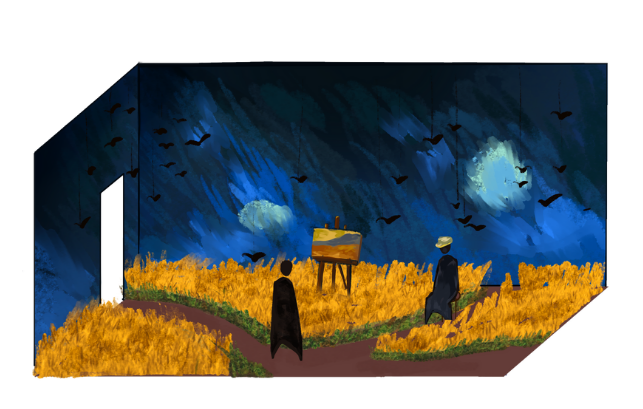
The Wheatfield Room - The room is arranged to appear wide and big from the perspective of the visitor when they walk in the room.

